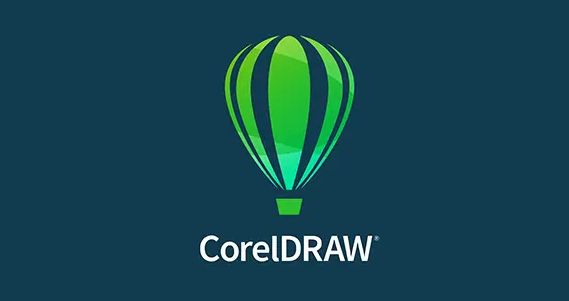在Vue2中实现数据可视化大屏全局自适应,以及确保所有页面都能自适应各种屏幕尺寸,可以通过以下几个步骤来实现:
![图片[1]_Vue2前端打造自适应数据可视化大屏与全页面响应式设计_知途无界](https://zhituwujie.com/wp-content/uploads/2024/10/d2b5ca33bd20241010103846.png)
1. 使用CSS Flexbox或Grid布局
Flexbox和Grid是现代CSS布局的强大工具,它们可以帮助你创建响应式布局。
Flexbox示例:
.container {
display: flex;
flex-wrap: wrap;
justify-content: space-between;
}
.item {
flex: 1 1 calc(33.333% - 20px); /* Adjust percentage and margin as needed */
margin: 10px;
}
@media (max-width: 768px) {
.item {
flex: 1 1 calc(50% - 20px);
}
}
@media (max-width: 480px) {
.item {
flex: 1 1 calc(100% - 20px);
}
}Grid示例:
.container {
display: grid;
grid-template-columns: repeat(auto-fill, minmax(200px, 1fr));
gap: 10px;
}
@media (max-width: 768px) {
.container {
grid-template-columns: repeat(auto-fill, minmax(150px, 1fr));
}
}
@media (max-width: 480px) {
.container {
grid-template-columns: 1fr;
}
}2. 使用视口单位(vw, vh)
视口单位可以帮助你根据视口的宽度和高度来设置元素的大小。
.element {
width: 80vw; /* 80% of the viewport width */
height: 50vh; /* 50% of the viewport height */
}3. 动态调整字体大小
使用相对单位(如em, rem)或视口单位(vw)来动态调整字体大小。
body {
font-size: 1rem; /* Base font size */
}
@media (max-width: 1200px) {
body {
font-size: 0.9rem;
}
}
@media (max-width: 768px) {
body {
font-size: 0.8rem;
}
}
/* Or use viewport units */
.dynamic-font {
font-size: 3vw; /* Adjust as needed */
}4. Vue组件的响应式设计
在Vue组件中,可以使用计算属性(computed properties)和媒体查询(media queries)来动态调整样式。
示例:
<template>
<div :class="{'small-screen': isSmallScreen, 'large-screen': isLargeScreen}">
<!-- Your content here -->
</div>
</template>
<script>
export default {
data() {
return {
windowWidth: window.innerWidth,
};
},
computed: {
isSmallScreen() {
return this.windowWidth < 768;
},
isLargeScreen() {
return this.windowWidth >= 1200;
},
},
methods: {
handleResize() {
this.windowWidth = window.innerWidth;
},
},
mounted() {
window.addEventListener('resize', this.handleResize);
},
beforeDestroy() {
window.removeEventListener('resize', this.handleResize);
},
};
</script>
<style>
.small-screen {
/* Styles for small screens */
}
.large-screen {
/* Styles for large screens */
}
</style>5. 使用第三方库(如Bootstrap Vue)
Bootstrap Vue是一个基于Bootstrap的Vue组件库,提供了丰富的响应式布局和组件。
安装Bootstrap Vue:
npm install bootstrap-vue bootstrap在项目中引入:
import Vue from 'vue';
import { BootstrapVue, IconsPlugin } from 'bootstrap-vue';
import 'bootstrap/dist/css/bootstrap.css';
import 'bootstrap-vue/dist/bootstrap-vue.css';
Vue.use(BootstrapVue);
Vue.use(IconsPlugin);使用Bootstrap Vue组件:
<template>
<b-container>
<b-row>
<b-col cols="12" md="6" lg="4">
<b-card title="Card Title">
<p>Card content goes here...</p>
</b-card>
</b-col>
<!-- Add more columns as needed -->
</b-row>
</b-container>
</template>通过以上方法,你可以在Vue2中实现数据可视化大屏的全局自适应,并确保所有页面都能在各种屏幕尺寸下良好地显示。选择适合你项目需求的方法,并进行适当的调整和优化。
© 版权声明
文中内容均来源于公开资料,受限于信息的时效性和复杂性,可能存在误差或遗漏。我们已尽力确保内容的准确性,但对于因信息变更或错误导致的任何后果,本站不承担任何责任。如需引用本文内容,请注明出处并尊重原作者的版权。
THE END

























暂无评论内容